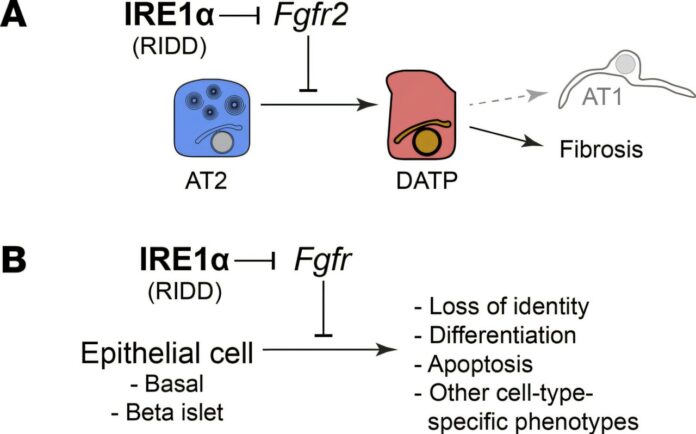Since July 2024, faricimab has also been approved in Europe for the treatment of visual impairment due to macular edema secondary to retinal vein occlusion. The German Institute for Quality and Efficiency in Health Care (IQWiG) has now examined in an early benefit assessment whether faricimab offers patients benefits over ranibizumab or aflibercept. However, the drug manufacturer did not present any suitable data. Consequently, there was no proof of an added benefit of faricimab versus the comparator therapies.
The manufacturer submitted the results of the completed RCTs (randomized controlled trials) BALATON and COMINO, which compared faricimab and aflibercept with each other, with its dossier. However, the treatment regimens in both studies did not correspond to the specifications of the Summary of Product Characteristics: Patients continued to be treated even if the findings were stable, and it was not possible to individualize the dosing regimens in the study phase in which faricimab was compared with aflibercept. Thus, the studies were unsuitable for the benefit assessment.
According to the respective Summary of Product Characteristics, treatment with faricimab or aflibercept should initially be performed every four weeks, with three or more consecutive monthly injections possibly being required. Subsequently, treatment should be adjusted individually in accordance with a treat-and-extend dosing regimen depending on the disease activity.
The data on best corrected visual acuity show that a large proportion of patients in the studies BALATON and COMINO had stabilized after just 8 to 12 weeks. However, according to the study design, individual adjustment of the dosing regimen was only possible in the second, non-comparative half of the study from Week 24, in which all patients also received treatment with faricimab.
Accordingly, a relevant proportion of patients continued to be treated with an unchanged treatment regimen despite stable findings, and no data are available on a comparison of individualized dosing regimens of faricimab and aflibercept.
According to the European Public Assessment Report, the European Medicines Agency (EMA) had explicitly recommended to the manufacturer as part of its consultation that a study with a treat-and-extend dosing regimen be set up in both study arms. The manufacturer did not follow this recommendation.
The RCT TALON, which compares brolucizumab and aflibercept for the treatment of neovascular (wet) age-related macular degeneration, shows that there is another way. In the TALON study, a treat-and-extend regimen is used in both arms, which allows an individual adjustment of the treatment intervals for each patient depending on the disease activity. The study was therefore suitable for the early benefit assessment of the drug brolucizumab, which was conducted in early 2024.
Institute for Quality and Efficiency in Health Care
Citation:
Added benefit of faricimab for macular degeneration not proven by manufacturer (2024, December 30)
retrieved 31 December 2024
from https://medicalxpress.com/news/2024-12-added-benefit-faricimab-macular-degeneration.html
This document is subject to copyright. Apart from any fair dealing for the purpose of private study or research, no
part may be reproduced without the written permission. The content is provided for information purposes only.


